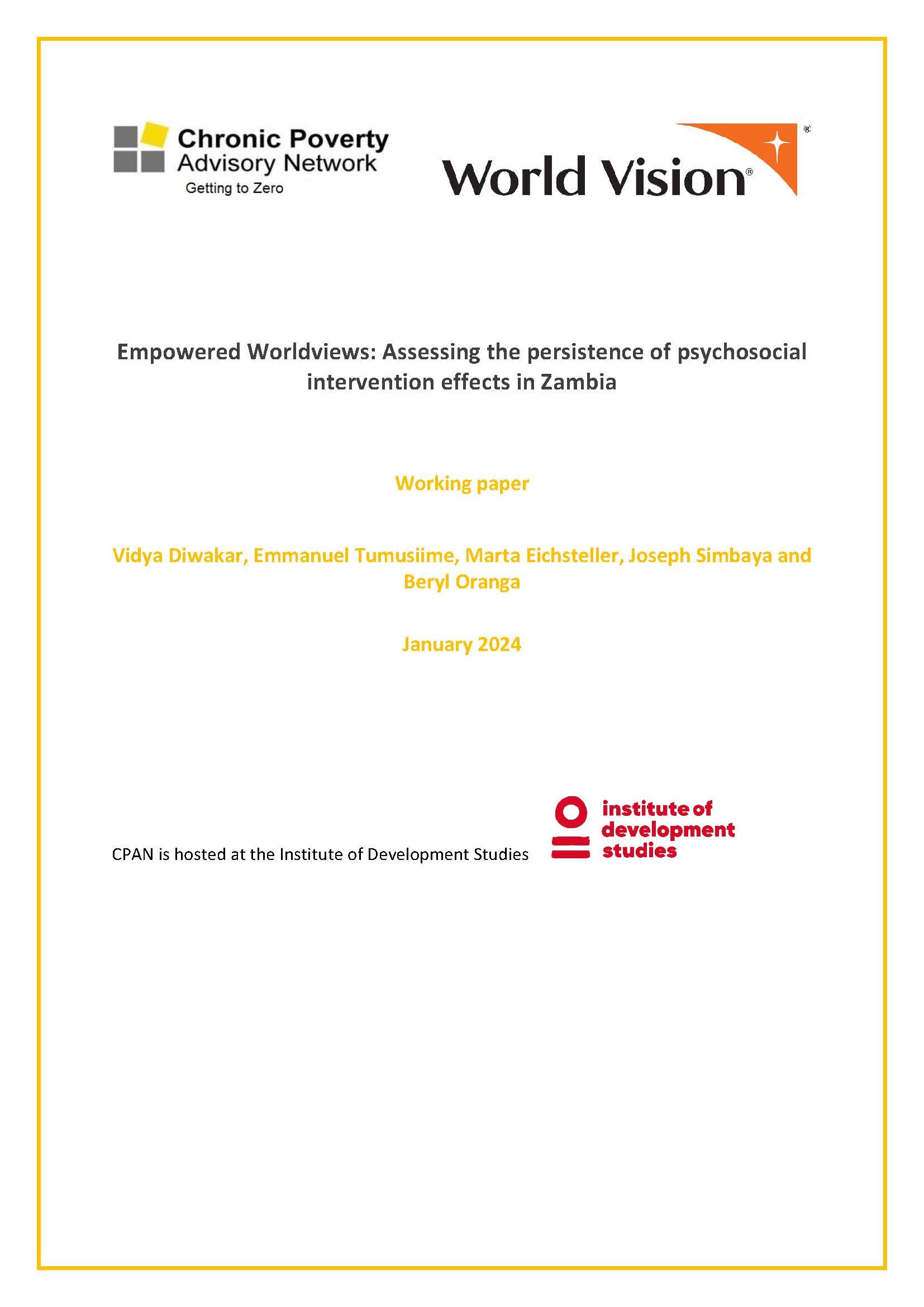Social protection is now well-established on the policy agenda in Zambia, including various cash plus initiatives and social protection responses to shocks, such as the recent drought. This paper considers lessons from the success story of expanding social cash transfers in Zambia and applies these to the country’s current social protection context. Using a 3I(R) approach to political economy analysis, which focuses on institutions, interests, ideas and resources, the paper proposes a series of conclusions and recommendations drawn from this analysis. These include the value of consistency and persistence in promoting a policy idea, ideally through a strong policy coalition; the importance of connecting policy and political constituencies; the role of political motivation and suggestions for alignment with government ideas and priorities. There is currently political momentum for cash plus, as well as a growing evidence base both globally and within Zambia, which now needs to be translated into financial commitment. Establishing a more comprehensive suite of social protection programmes for households with and without labour capacity can contribute to upward mobility out of poverty and building resilience to future shocks in Zambia.
Written by Kate Pruce



